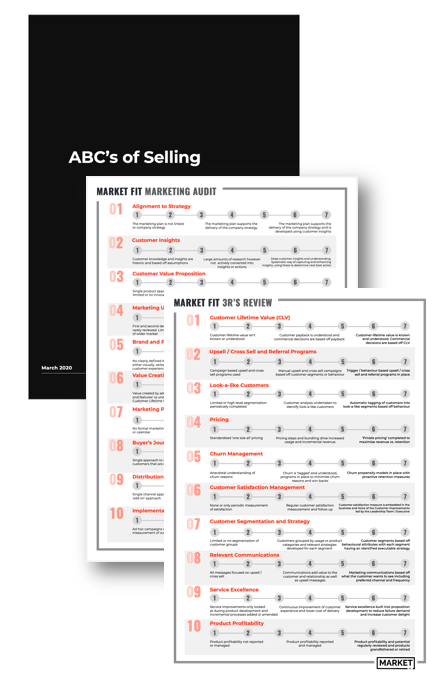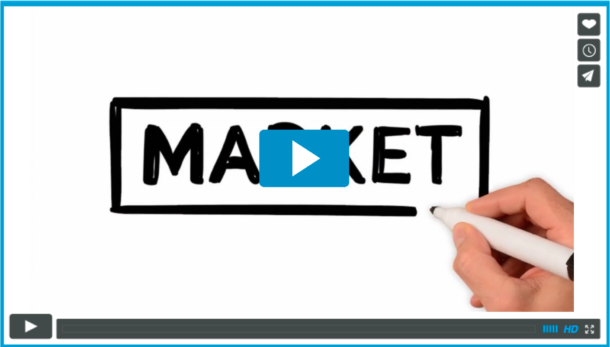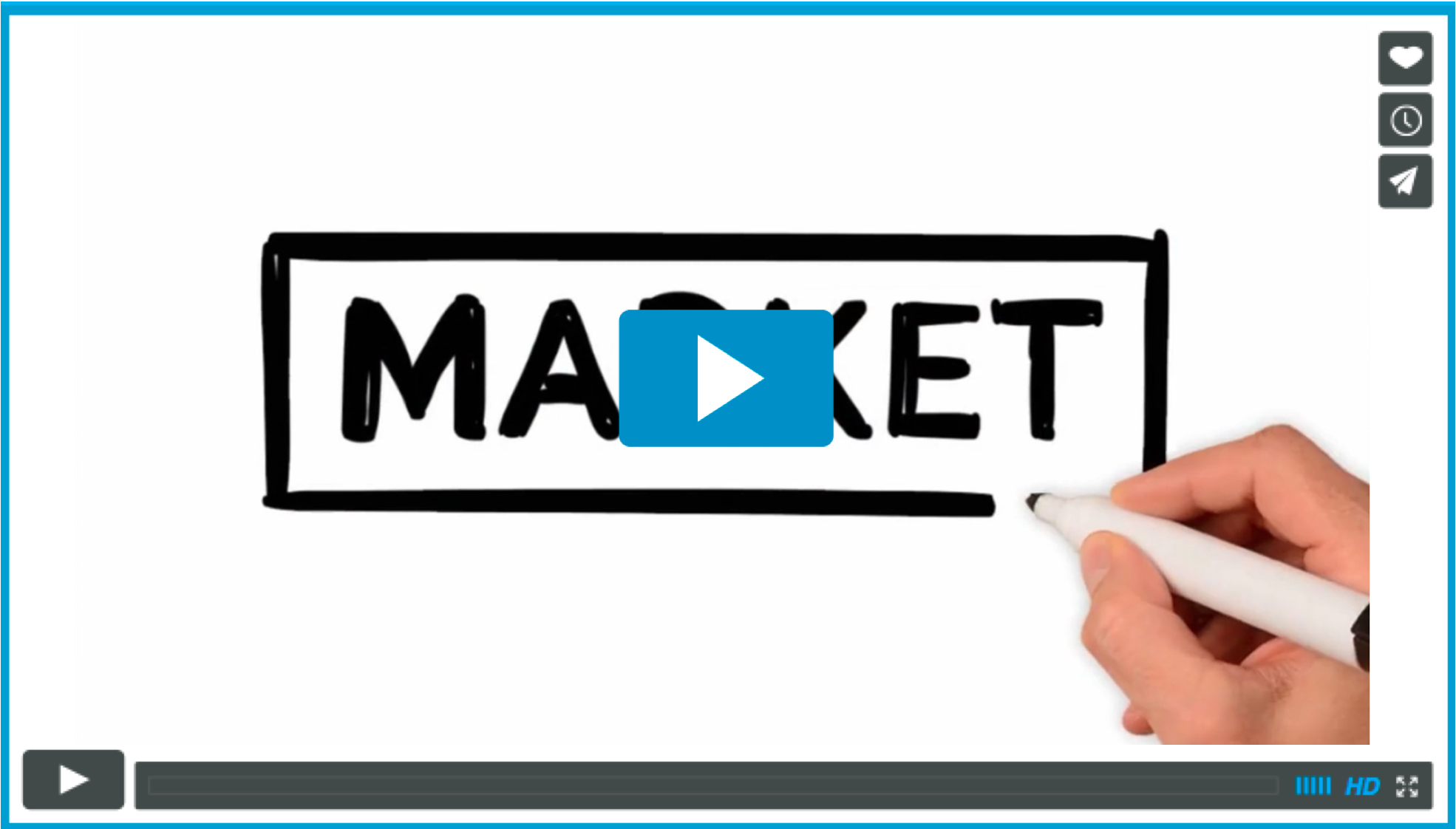Off the back of our last post, a long time reader and first-time caller, Tony, asked a question that pretty much relates to it. He asked, “How does Viber make money when its service is free?”
For those that do not know Viber is a service that allows you to send messages of all types and make phone calls to other Viber users for free. Viber runs off an app on your smartphone, tablet, and computer when you’re connected to a Wi-Fi or a mobile data network. It is similar to Skype, Facetime, and Facebook Messenger.
So how does Viber make money if it is free? The short answer is, after seven years of operation it doesn’t (yet) but it is trying to build a massive customer base and then monetise it through very small amounts of revenue from each customer.
Viber is called an “over the top” (OTT) player as it leverages the infrastructure (and doesn’t pay for it) to deliver a service to consumers. Netflix is an OTT player as it uses the internet infrastructure to deliver its content but it does not pay the internet services provider to use it.
How does it work and how does it (try) to make money?
Let’s look at an example to see how a traditional Telco’s cost structure works vs. Viber’s. As the example, we are going to use a call between two people, one in NZ and the other in the UK.
Landline call in NZ to mobile in the UK
For the NZ Telco customer this call would cost 50c per minute, and below are the major costs for the Telco.
- Connectivity: This is the connectivity of the landline from the customer’s home to the Telco’s switch (where they connect a customer to their network). This is usually charged to the Telco by Chorus and they charge the customer a line rental
- NZ Telco Infrastructure: The cost of the “smarts” of the telco to figure out where to send the call. This is high-cost heavy infrastructure – Telco’s have invested billions in this area.
- International Transit: The NZ Telco will have a partnership with an international Telco and pay it to carry the call from NZ to the UK.
- UK mobile telco Infrastructure: Once the call is given to the UK Telco and connected to the customer the NZ Telco pays a termination charge to the UK Telco ~NZ$0.01
With a Viber to Viber call, this is handled very differently and is free to a customer.
- Viber App: Viber incur the cost of developing secure mobile apps
- Connectivity: This is a dotted line as Viber does not charge the customer for this, it leverages the existing internet connectivity that the customer has
- Viber Infrastructure: Viber has to build some “smarts” that will allow customers to connect to each other and to make sure these are secure. It hosts these in data centers around the world
- International Transit IP: The call is sent across the internet without Viber paying for it
- Connectivity & Viber App: as above
A Viber out call to a UK mobile:
This is the same as a Viber to Viber calls except when the call makes it to the UK Viber connects to the UK Telco and pays the NZ$0.01termination rate. Because the majority of the call is leveraging free that it is the only cost to Viber.
That is why Viber can charge $0.09c per minute for this call when a NZ Telco charges 50c
So that is all good in theory – but how do they expect to make money……
- The massive customer base that primarily uses its service for Viber to Viber calls will include a tiny percentage that will make Viber out calls. With the economies of scale that technically means – a massive customer base with a small amount per customer returns a large revenue stream
- But it isn’t really working. Despite having ~200 million customers the last results published in 2013 recorded a total of $1.5 million dollars in revenue and net losses of $29.5 million.
- Of course, with 200 million customers and a $29m loss Viber will be thinking it can break even if it makes $0.15 more per customer per year, and if it can get that to $1.00 it will move to a profit of $81m.
How could Viber get another $0.15 per user per year?
- Viber Out – Charge calls and sms to normal mobile (non-Viber users) at cheap international rates – putting the rates up there is still a large enough difference
- Viber Video Conference – video chat with multiple people at low cost
Viber for Business – Start charging business users with more features like desktop sharing, conference calls, call recording etc.. - Advertisements on the Viber app – this should generate a huge amount of money. (While Viber follows a principle of not resorting to advertising they could have an ad-funded app and then a premium app without ads.)
But for you, don’t worry about if it makes money. Viber is fully encrypted so just enjoy the cost savings particularly when you are calling overseas or from overseas.
The real thing you should be worried about is how players like Viber and all the other OTT players are going to run amuck on your business. Six years on they still aren’t making money and from what I can tell that is not going to change in the near future and they are ot too worried about it. In the meantime, they continue to pressure Telcos, which have a much heavier infrastructure to support, to lower costs.
KS
PS: As a side note, our the last post was on how OTT messaging apps are canablising telco’s revenue. Here is the scale of that more than 50,000,000,000 (that is 50 billion) messages are sent through WhatsApp every day – all for free, and all without the Telco making money.
PPS: Here is a video on Viber out





